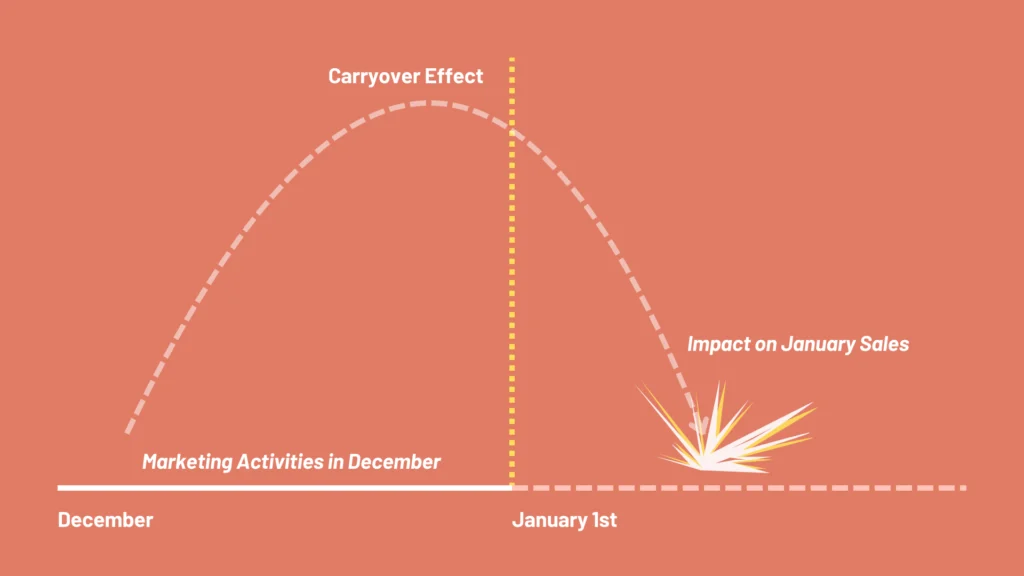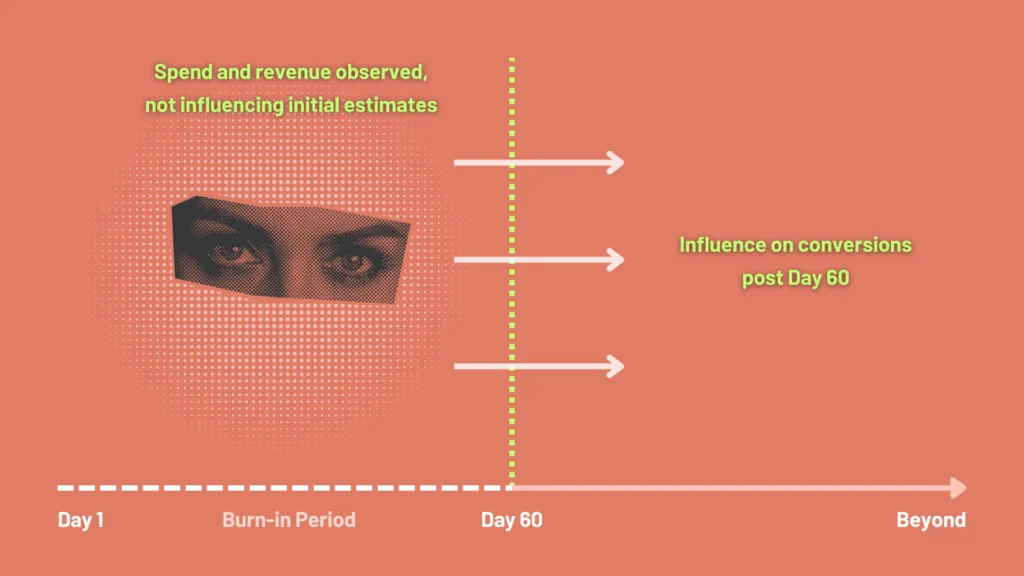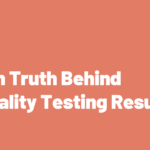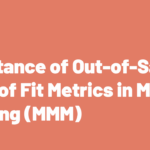The Problem: Carry-over Effects
One of the ever-present problems with marketing mix modeling is that you always have to choose some start date. And since you always need to choose a start date, there’s always some period before the start date that’s impacting your results.
Let’s say you’re building a marketing mix model with roughly two years of historical data (it doesn’t matter how many years you go back, you will still face this problem!). If your data set starts on January 1st, you will have sales on January 1st that were impacted by marketing activity happening in December.
That is, there’s a carry-over effect from the time period you didn’t include in the model that is impacting the sales during the first weeks or months that are included in your model.

This can be a tricky problem. If it’s not addressed, your model will potentially be misled since the beginning of your data set will have an omitted variable problem and the parameters that lead to good fit in the rest of your data will cause bad fit at the beginning!
How Recast Handles It
In the Recast statistical model we handle this problem using a technique we call “burn in”. Technically, the way this is implemented is by excluding the first 60 days in the model from the Bayesian likelihood.
What that means is that although the model is able to see the spend and the revenue during this time period, the parameter estimates aren’t shaped by the fit during those first 60 days. However, conversions after those first 60 days are impacted by spend during the first 60 days, so it’s not like we’ve just moved the problem forward by 60 days.

This burn-in period prevents the model from over-fitting to the conversions or revenue at the beginning of the time period that are influenced by things the model can’t observe.



